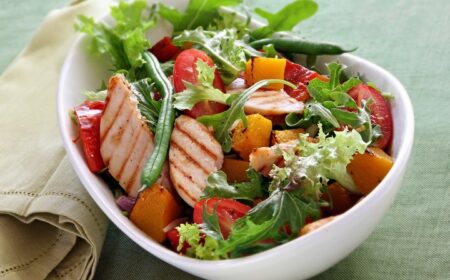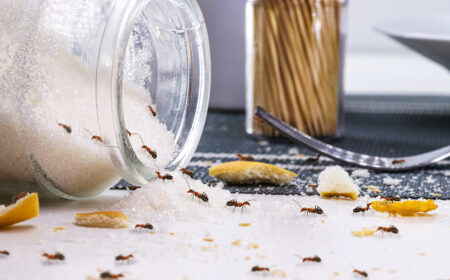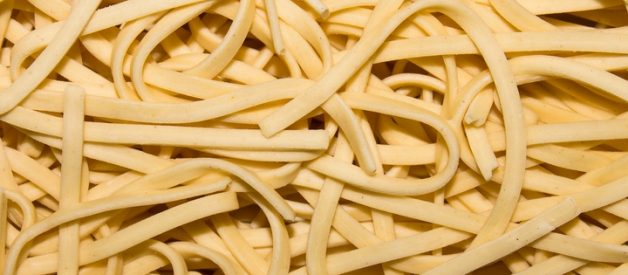No one knows who invented the idea of adding water to flour in a specified ratio of a third to one to come up with what is referred to as noodles. However, one thing is for sure; they have been in existence long before most of us came into being (around 4000 years ago) and will continue to be around for centuries to come.
Asian noodles are some of the most common foods in Chinese cuisine and one of the selling points for China tourism. Usually, they differ depending on where they are produced, ingredients (e.g. rice flour, mung bean starches, buckwheat flour, tapioca flour and seaweed), shape or width, texture and manner of preparation, be it by extrusion, cutting by hand, flinging, rolling or shaving directly into boiling water.
You can find them in soups, salads, stir/deep-fries, flatbreads, fried pastries and even braises. Here are some of the best Asian noodles you should look out for next time you go to an Asian restaurant.
1. Udon Noodles
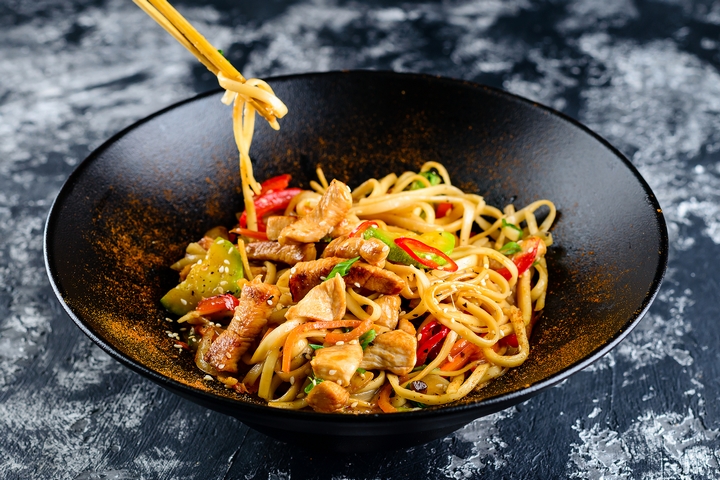
Originating in Japan, these are pale, thick and chewy wheat noodles served alongside soup dishes while hot, and as cold meals during the summer. They have a perfect flavour for neutralizing strongly flavoured ingredients such as ginger and soy sauce.
Before you begin preparing this delicacy, soak the noodles for about 2-3 minutes in a bowl with lots of boiling water to refresh them. Once they start to soften, use chopsticks to untangle the noodles and then drain all the water.
2. Somen Noodles
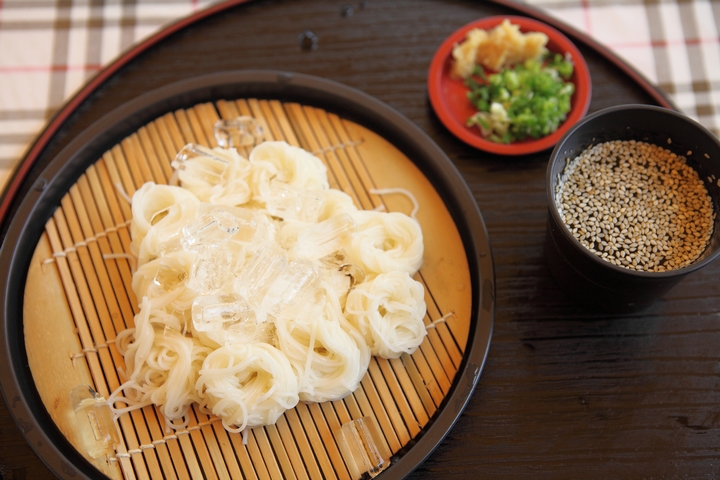
Also from Japan, these are dried and thinned wheat noodles. Traditionally, you could achieve thinness by using vegetable oil to stretch the dough. Nowadays, the process has been automated. It’s not a difficult task anymore, especially for those to whom cooking is not a major strength.
The best Asian noodles are commonly served cold in summer months with bonito flakes (a light dipping katsuobushi sauce), hot broth and stir-fries on the side. You can buy them in stores, both in packs and individually. If you are lucky, you can find coloured ones such as coloured green with matcha powder, yellow/orange or egg yolk.
3. Somyeon Noodles
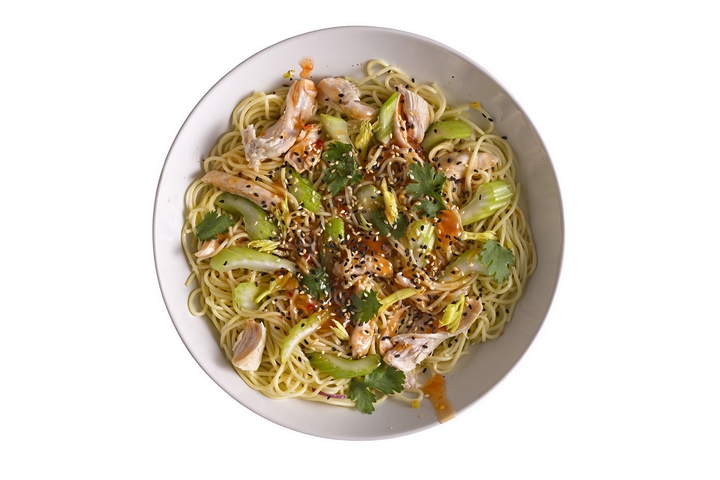
Also known as mak guksu, these are long, thin and dried Korean wheat noodles mostly found in hot and cold soups. If you want the best Asian noodles that are easy to fix, this should be your go-to meal. You only need to put it in boiling water for around 3 minutes to cook.
In both China and Korea, somyeon noodles are associated with longevity due to their length, and cutting them is considered a harbinger of bad luck.
4. La Mian
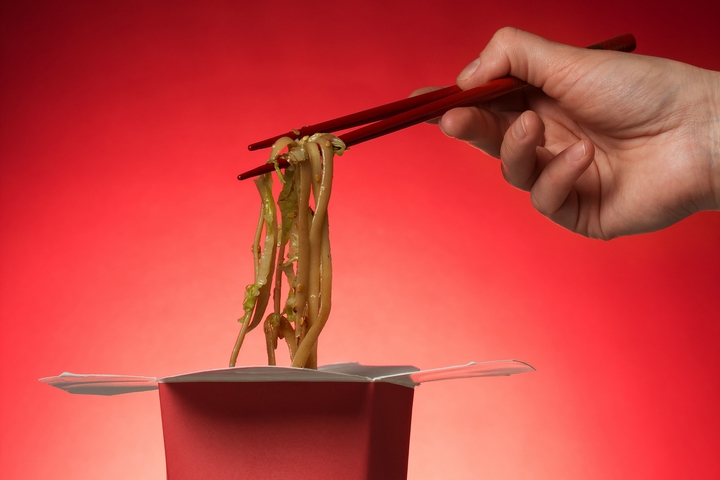
These noodles are made by artistically twisting, stretching and folding the dough into strands. They are referred to by some as ‘pulled’ noodles. The dough’s weight forms the noodles while its thickness depends on how many times you fold the dough.
As easy as the preparation technique may seem, it may take a while before you get the hang of it, but eventually, you will. To get that chewy texture, add alkaline substances such as lye water or bicarbonate soda.
5. Hokkien Noodle
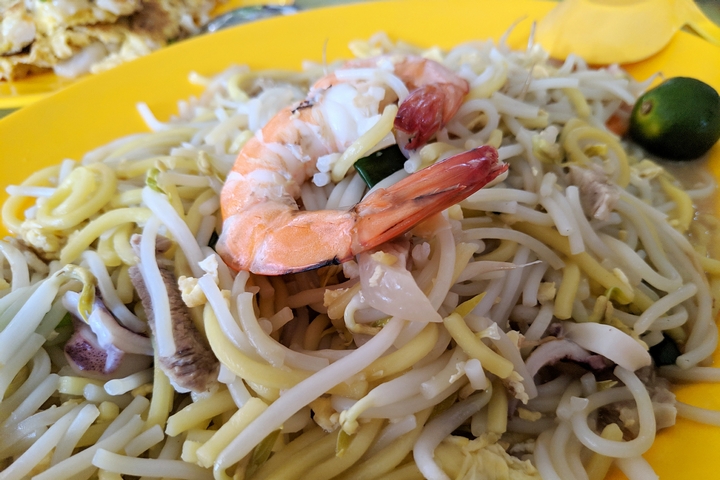
Speaking of alkalinity, how about you try the fresh and equally chewy hokkien noodles? They have a rich texture and yellow colour owing to the alkaline agents present and can be mistaken for thick yellow spaghetti. Moreover, those who live in Singapore are known for their love of this particular dish, which has its basis on former hawker dishes such as curry mee, loh mee and hokkien mee.
While shopping for hokkien, go for for the fresher, loose-packed noodles as opposed to the vacuum packed ones. Afterwards, all you need is to boil them for a minute before adding them to stir-fries/soup dishes.
6. You Mian
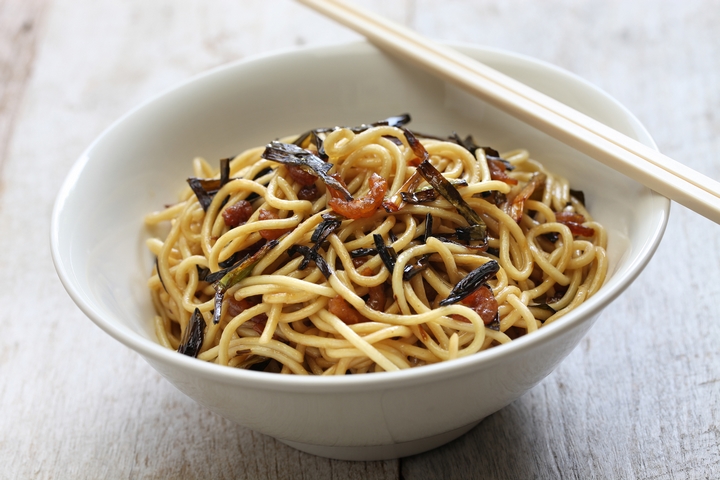
Going by the name, you would think these noodles are thin. However, they come in different forms and thickness. You can choose from the standard fresh pre-cooked noodles to the medium-thick noodles treated with alkaline salts, which beautifully bring out the distinct texture and yellow colour. There are also ‘wonton’ noodles, the flatter and finer type of ‘you mian.’
These egg noodles tend to have a slightly floury appearance and need to be boiled in the water for a short while before use. The firm texture makes it just right for stir-fries, soups and loose cakes. Remember, you could also choose to try the broader type of wonton noodles, which are ideal for hearty soups and meaty braised dishes whose colour ranges from light to bright yellow.
7. Cellophane (aka. Glass Noodles)
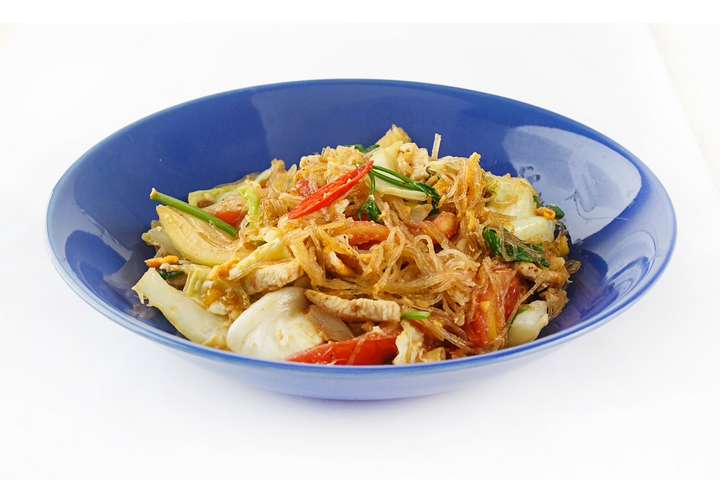
Arguably, we saved the best Asian noodles for last in the list. These noodles taste just as exciting as its name sounds. They owe their name to the fact that when cooked, they appear translucent. They are made from yam, potato starches or mung bean and are, therefore, gluten-free. They are pretty versatile, having been used in different East Asian dishes; for example, Thai, Korea, and in Vietnamese cuisines.
One can’t help but love Asian noodles. They are simple and easy to cook; you can’t mess up.



